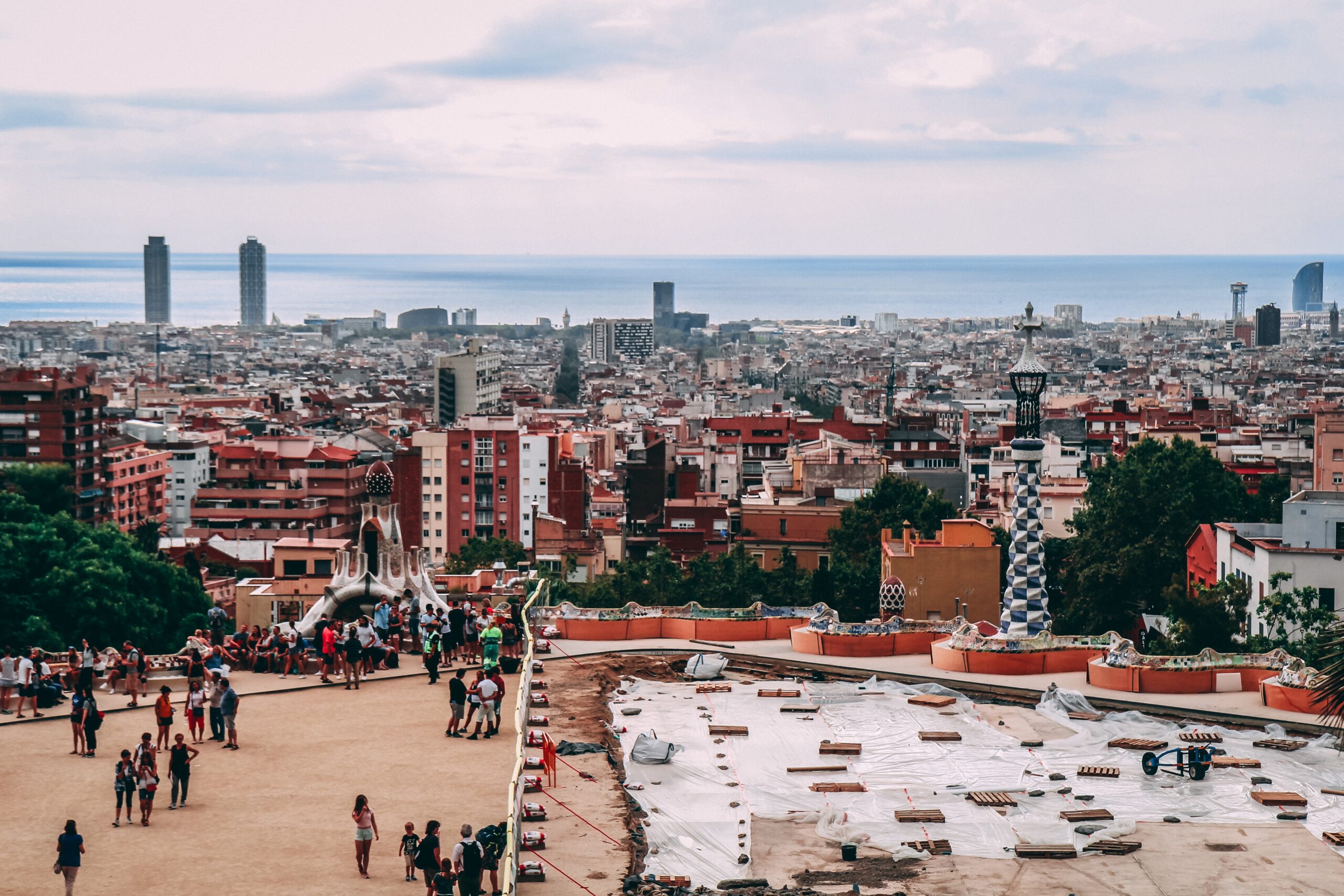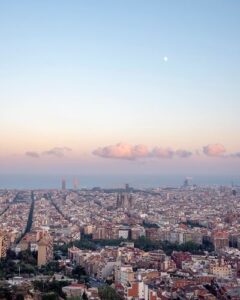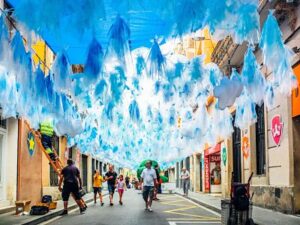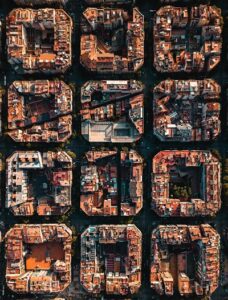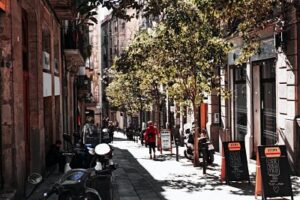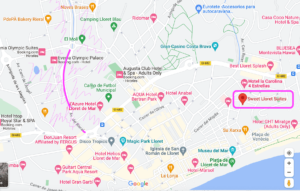The historic neighborhood of Gràcia is currently one of the most emblematic and visited neighborhoods in Barcelona, although it was not always like that …
In the 19th century, it was not even part of the old city of Barcelona, because it was located outside the walls that delimited or enclosed the urban nucleus. But, when these walls were demolished, the district of Gràcia became an active part of the Catalan capital.
The neighborhood is quite large and has two clearly defined areas. One of them corresponds to the grid street scheme that can be found in Barcelona guides, something like what we find in the Eixample neighborhood. The other area (where the Sweet BCN apartments are located), which has a peculiar identity, is the area of the neighborhood where the old Vila de Gràcia was and the one that we will explore on this occasion.


The atmosphere and life in Gràcia neighborhood
The streets and squares of Gràcia give this Barcelona neighborhood its own unique personality. Here we will feel a bohemian atmosphere in its various bars together with the artists that will delight us with their street music. At the same time, we will see a mixture of modernity thanks to the independent brand clothing stores that offer the latest trends in style.
In addition, the great proximity to the center of the city, and the very good connections by metro or bus, have made this neighborhood an ideal place for both day and night leisure for many Barcelona residents.
Its various squares and public spaces are ideal for family outings and meetings with friends, while on many occasions they are used for political and social demands, giving Gràcia that special character of its own. And we cannot forget the well-known Gràcia festivities, organized during the last weeks of August and early September, days in which the Gràcia neighborhood dresses in color and festivities to receive locals and visitors from all over the world.
Strolling through the streets and squares of Gràcia neighborhood
Let’s first place ourselves on the map of Barcelona, then let’s find the two main Metro stops that will take us to the Gràcia neighborhood itself: one is Fontana (L3), with exit at Gran de Gràcia street; the other is Joanic (L4) with exit to Plaça Joanic, where we will start our walk.
Going up Torrent de les Flors Street, in a few minutes we arrive at Plaza Rovira i Trias, dedicated to one of the most famous architects in Barcelona. He was born in the Gràcia neighborhood and was in charge of the urbanization of the “Ensanche” district (he also created the fire department of Barcelona). Now, if we head south we will arrive at the “Plaza de la Virreina” at one end of Torrijos Street. Here we can see the beautiful church of Sant Joan surrounded by various bars and terraces.
Then, we will look for Alzina street, towards the north, from where we reach the Plaza del Nord (one of the best known in the neighborhood, where we can still see the old shield of Vila de Gràcia). Later we get to what is known as “Plaza del Diamante”, title of the novel written by Mercè Rodoreda, and we will walk towards Gran de Gràcia street.
From this square we can locate the streets of Astúries (on the left) and Verdi (towards the sea). This area of the neighborhood has been renewed with a commercial aspect, and it is now full of shops of independent designers and artisans. On Verdi street we also find the Verdi Cinema, with a large billboard and alternative options.
We will cross Calle de la Perla and Calle Vallfogona and we will arrive at “Plaza de la Revolució de Setembre de 1868”, which commemorates the Spanish revolutionary movement that led to the dethronement of Queen Elizabeth II and the first attempt in Spanish history to establish a democratic political regime. Not walking that far, we will walk along Calle “Ramon y Cajal” and will arrive at “Plaza del Sol”. Over time, this square has become an ideal meeting point for young people, who will bring music to the square at night and will create a party atmosphere.
Now we walk towards the sea and cross the “Travessera de Gràcia” to reach the “Rius i Taulet” square, where we will find the administrative center of the neighborhood. Walking along Calle “Torrent de l’Olla” and turning left at Calle Siracusa, we will arrive at the “Poble Romaní i Raspall” squares. Most of the gypsy population who still live in the neighborhood congregate here so they can express their culture.
In Gràcia neighborhood there is also a place for modern options, and to prove it, nothing better than ending this little walk in John Lennon Square, one of the most recent, picturesque and quiet squares in the entire district. Throughout our tour of the Gràcia neighborhood, we will come across high quality restaurants and bars and will see a very interesting and representative culinary variety of the city.
If you would like to stay in this traditional Catalan neighborhood during your holidays in Barcelona, take a look at our private apartments or contact us directly at info@sweetbcnapartments.com to book your accommodation at the best available price.
Would you tell us which is your favorite square in the Gràcia neighborhood?
Also, if you know a bar or restaurant that you would like to recommend to our guests, you can leave your comment here.
And if you liked it, share it!

